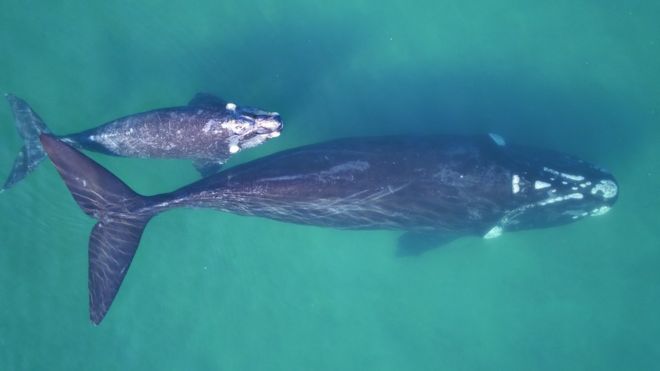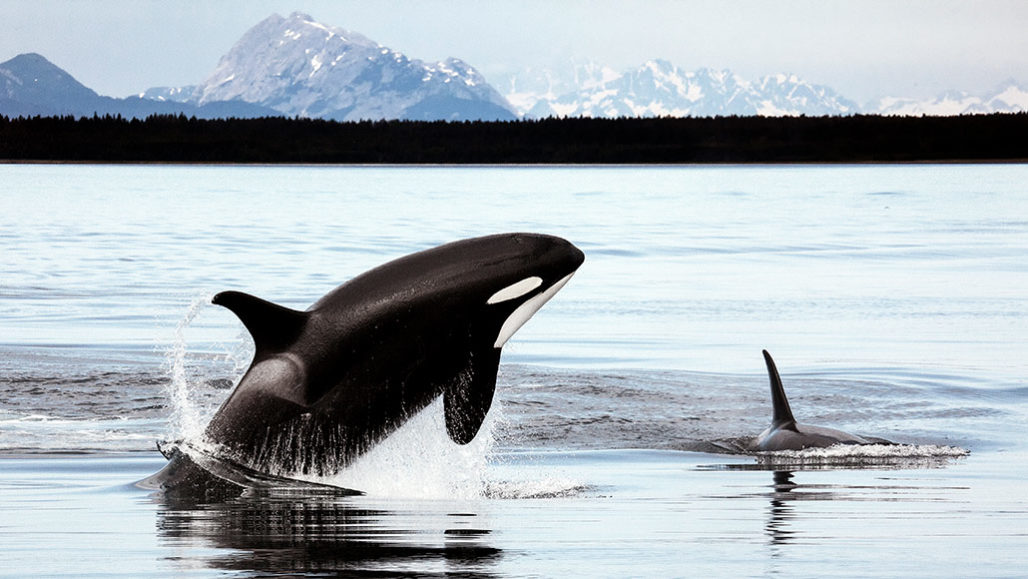The Eyes of Whales
There are about 80 species of Cetaceans world-wide (whales, dolphins, & porpoises) and the sense of sight varies with some species having better eyesight than others. To navigate underwater, many Cetaceans use their sense of hearing in combination with their sense of sight to determine where they are. Orca have good eyesight and when they lift their head out of the water referred to as “spyhopping”, they can see their environment above water. Sometimes, the whales are looking at us as much as we are looking at them. Many other species spyhop, including Grey whales and Humpback whales.
With the Thanksgiving Holiday during the past week, this is an opportune time to Thank those of you who have contributed sightings, videos, and images to share your whale watching experiences with others. Thank You to those who have contributed and supported the Wild Ocean Whale Society in various ways. Above all, we can be Thankful for this wonderful part of the world that we live in and for wonderful living things around us that add joy to our lives! Nature is Great and Whales make it even better!
Boaters, please use caution on the water. Federal laws require boats to remain at least 400-m away when viewing Southern Resident Orca and for other Cetaceans, laws require boats to remain at least 100-m from the whales/dolphins. If you come across some Orca and you are uncertain if they are Southern Resident Orca, it is best to still maintain your distance of 400-m. Remember N.E.W.S. when you see a whale, meaning put your boat in NEUTRAL, ENJOY the view, WAIT till the whales are at a fair distance, and then SLOWLY leave the scene.
We acknowledge that our sightings map and archive map are not fully functional at this time, and we are working to resolve the issue.
WOWs works throught the year, so please continue to keep your eyes open, and report your sightings to us.
Review our current Volunteer Job Postings
Not listed in our job postings is our immediate need for IT support. Please contact Susan@…org for details.
Archive Explorer navigates 15,000+ Cetacean Sightings, images, videos and audio recordings.
*Recommended for desktop browsers and newer mobile devices
Archive Explorer
dives into the Coastal Cetacean world. View Cetacean sighting locations, photos and videos:
- All species including Orca, Humpback, Grey Whale or Dalls Porpoise
- Follow the endangered Southern Residents Orca in the Salish Sea
- Search for encounters with T002C2 Tumbo
- Witness a close-up Orca encounter video in Port Alberni harbour
- Follow the T010s Transients as they hunt and travel the inside passage
- Track “KC”, the ever popular Humphack’s movements this past August
- Locate any of 12,000 named locations on the BC and WA State coast
- Print custom sighting reports and maps (Coming Soon)
Archive Explorer
Help Page explains many advanced functions
Send your Comments and Questions to:
Archive Explorer Feedback
Sightings
Open Data includes all sightings data, photos and videos, in a table you can filter and download.
read on
Their model accurately calculated the body volume and mass of wild southern right whales. Already being used to assess the survival of calves, it has many potential uses in conservation….
read on
Scientists compared DNA of whales and dolphins with that of other mammals to find 236 genes missing from cetaceans. Of those missing genes, 85 are still present in hippopotamuses, cetaceans’ closest relatives, suggesting that the genes were lost during the land-to-water transition about 50 million years ago….
read on





